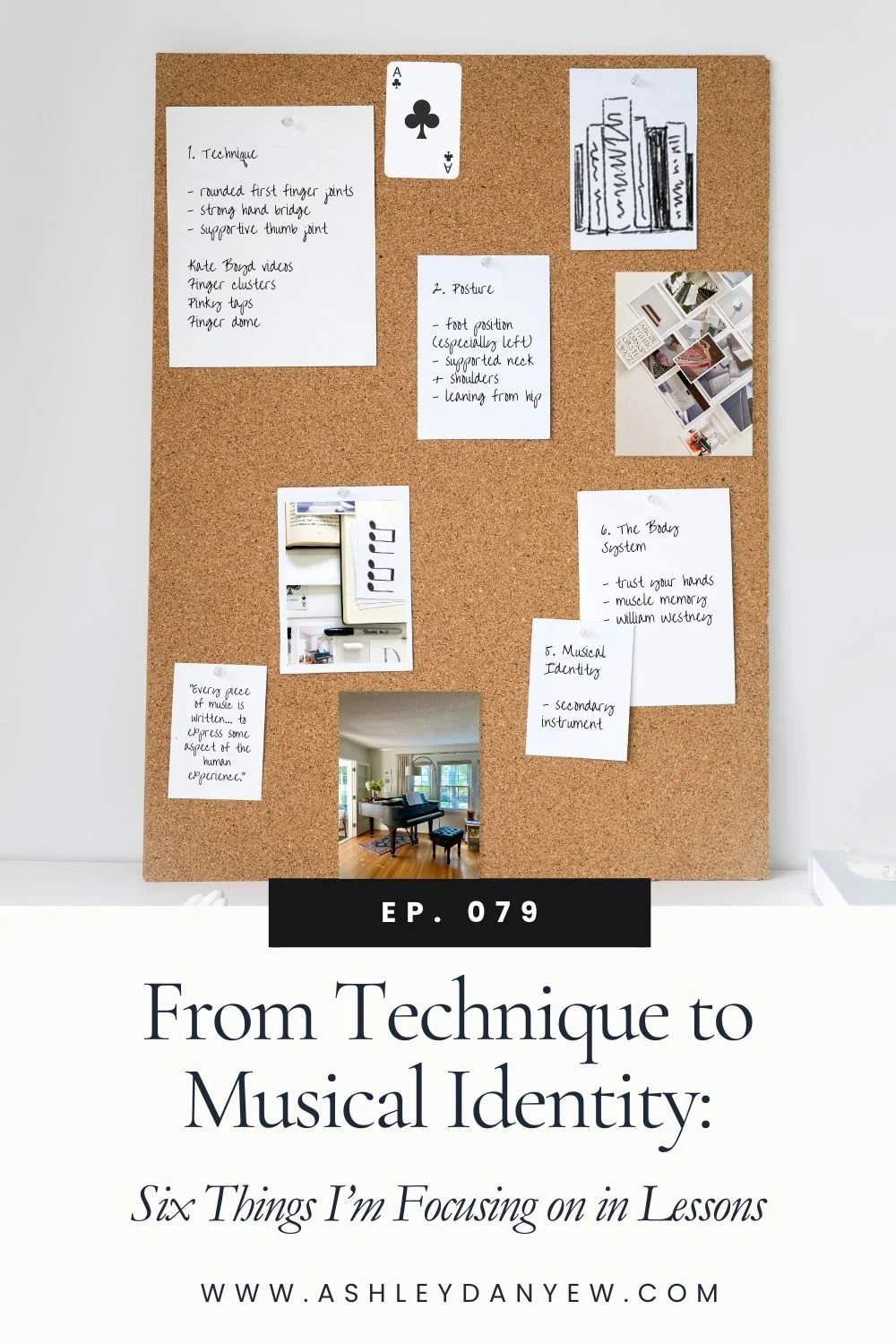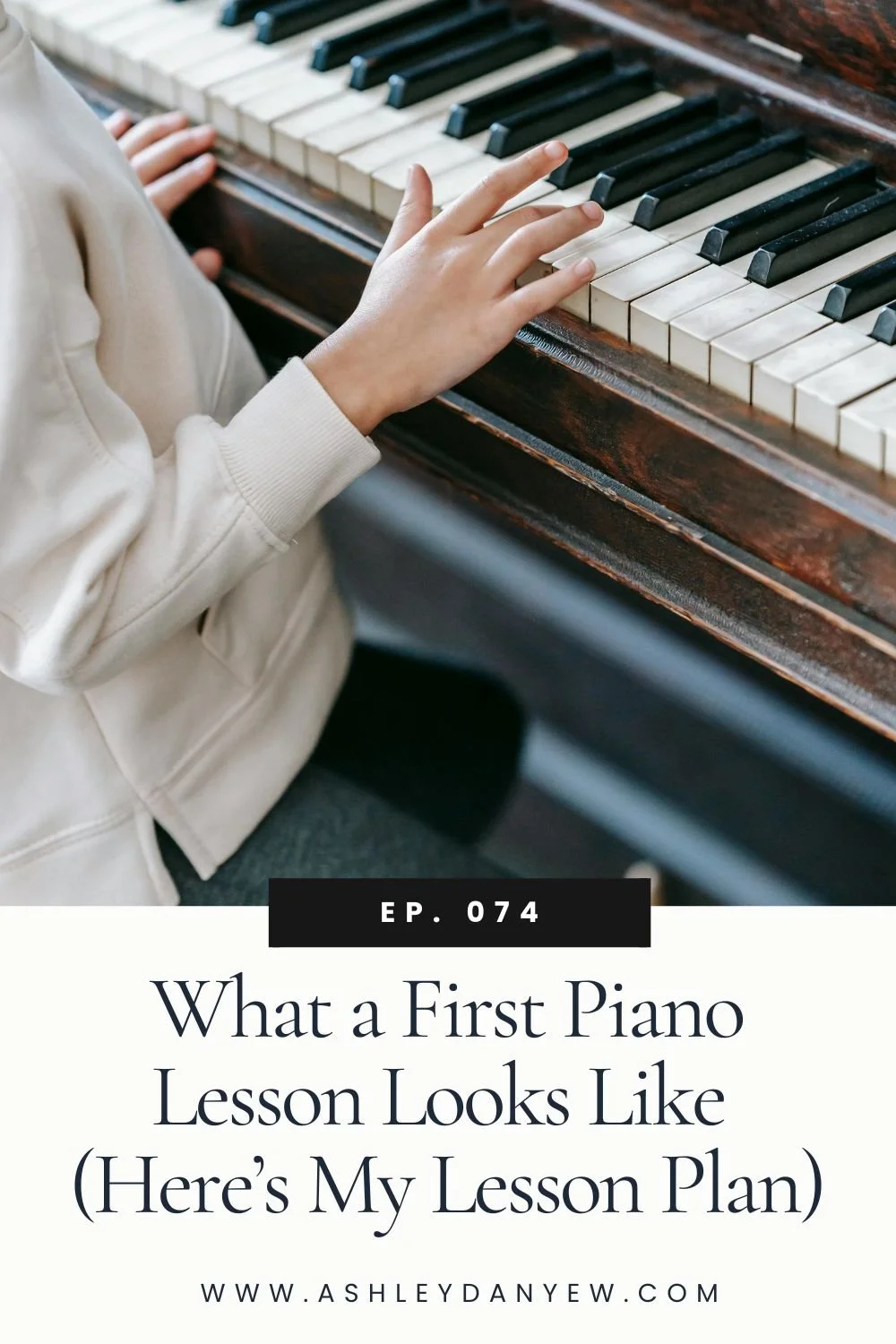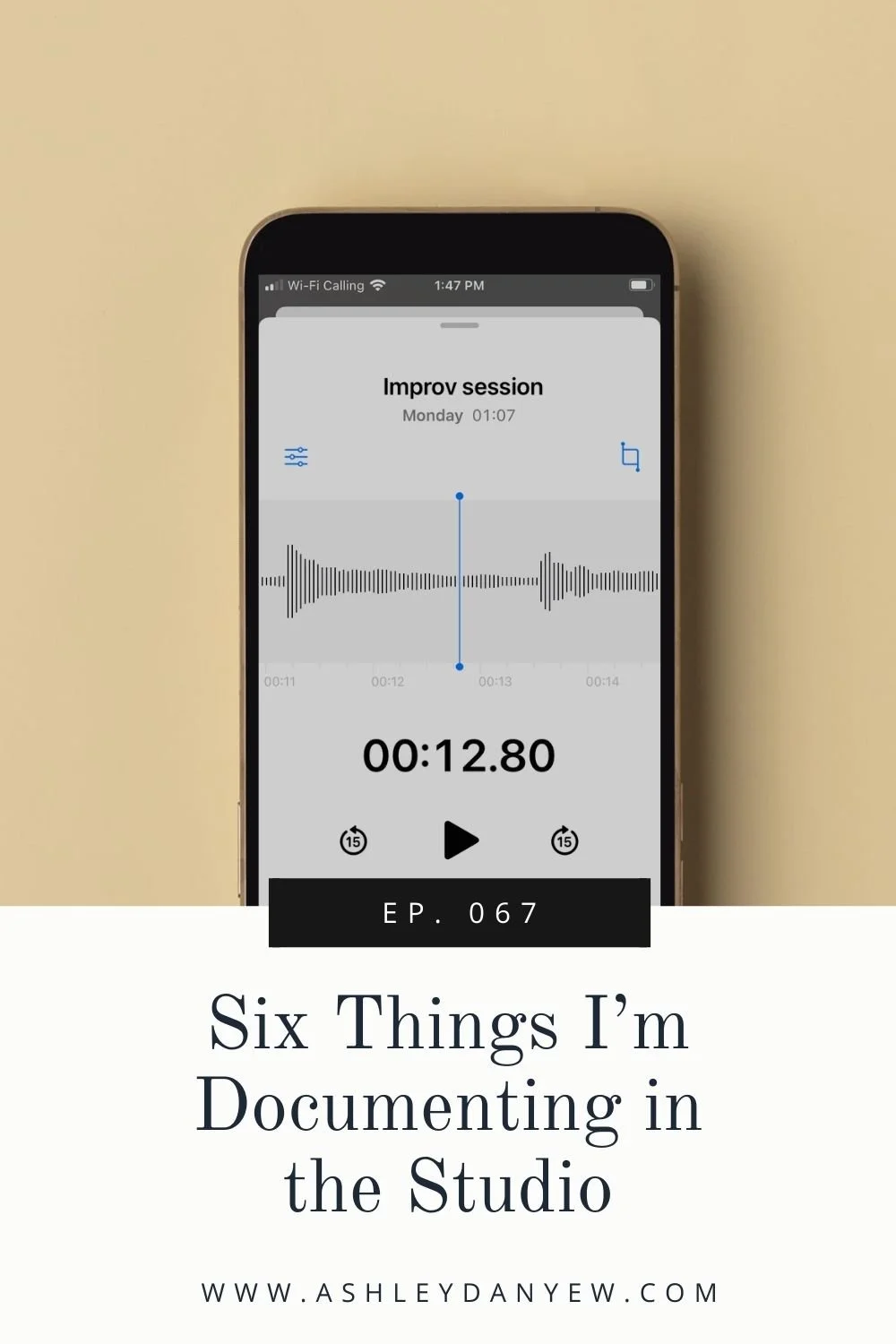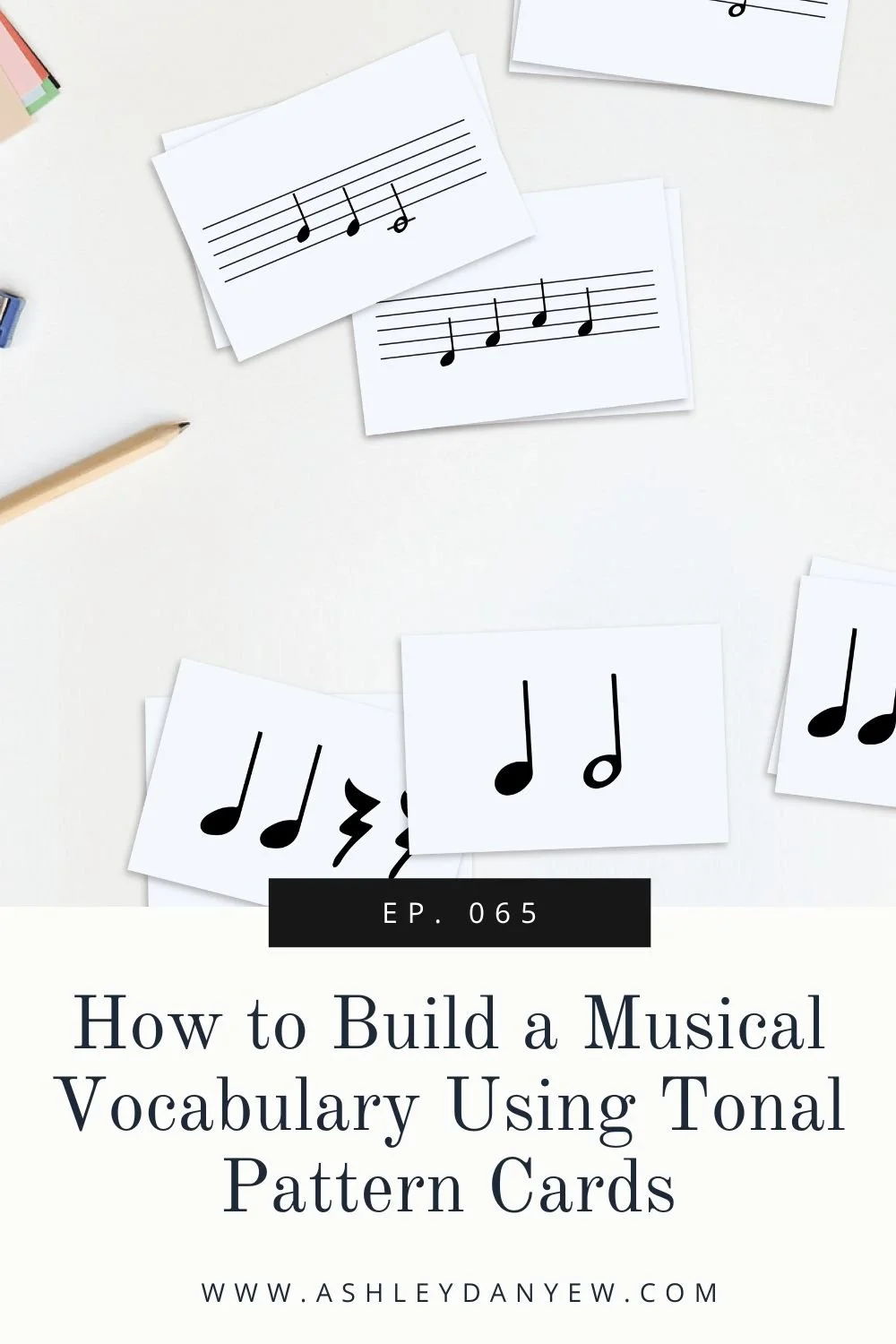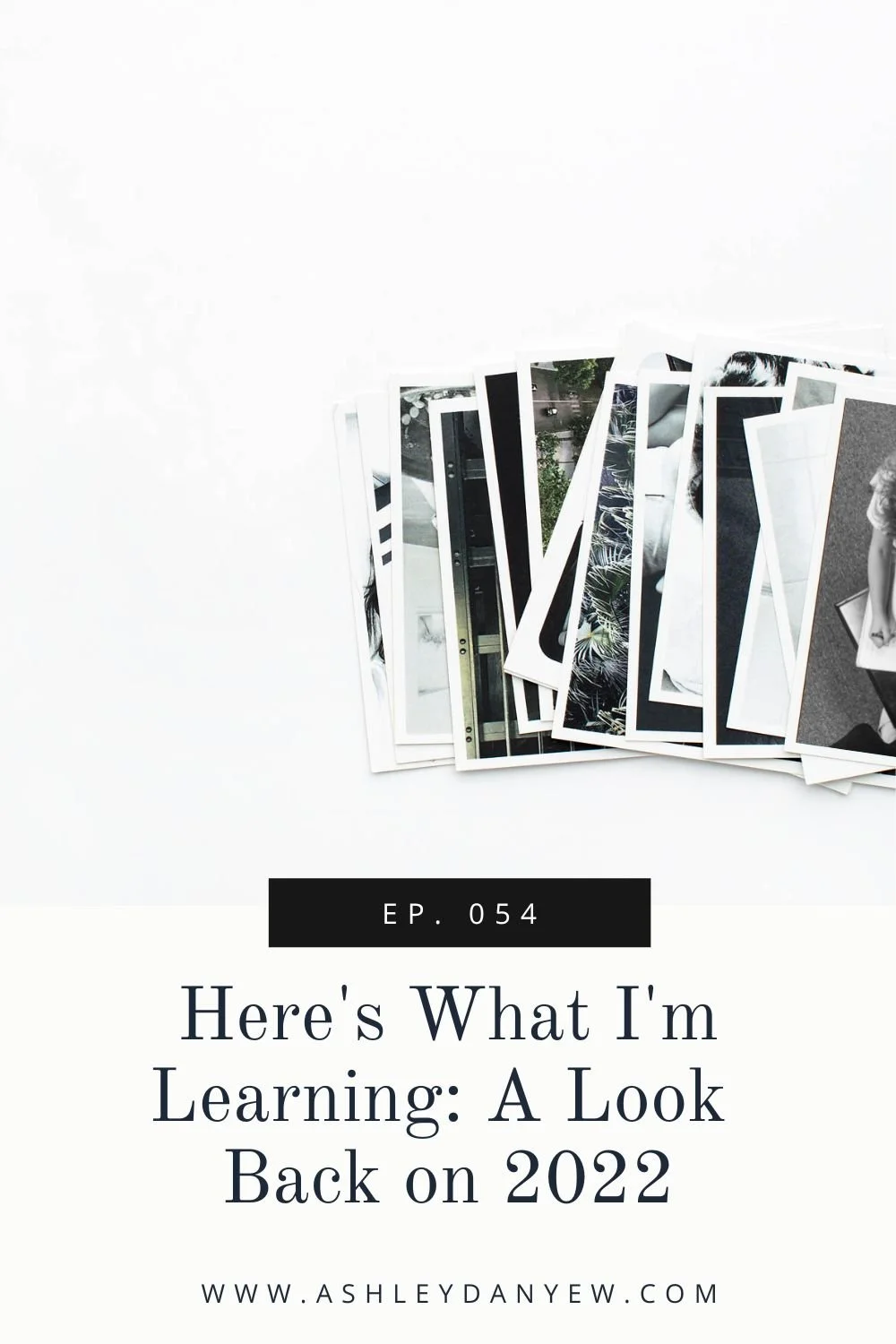Resources Mentioned
*Disclosure: I get commissions for purchases made through some of these links.
OverDrive app for checking out free eBooks and audiobooks from your local library
Zig Zag: The Surprising Path to Greater Creativity by Keith Sawyer
The Art of Short Story - a writing masterclass by Joyce Carol Oates
Last summer, I discovered a book one day that piqued my curiosity while browsing in the OverDrive app (side note: do y'all know about this app? It’s a way to check out eBooks and audiobooks from your local library for free. It’s become my go-to resource for discovering new books and curating a TBR, to-be-read list.)
The book I discovered that day was Zig Zag: The Surprising Path to Greater Creativity by Keith Sawyer.
I’m always interested in learning more about the creative process and gleaning insight into our creative processes as musicians, thinkers, educators, and creators, and when I found out that Keith Sawyer was not only a scientific expert on creativity but also a jazz pianist, I couldn’t wait to start reading.
In the book, Sawyer outlines 8 stages of the creative process but explains that there are multiple ways of entering and engaging in creativity. Rather than following a clear and direct path forward, starting here and ending there, the path to greater creativity has more zigs and zags; it’s unpredictable, erratic, and yes, surprising.
To comprehend this, it’s important to understand how Sawyer defines creativity. He writes, “Creativity is not a trait or a property or a gift. It’s a set of behaviors.”
And the thing about behaviors is that they can be learned. Creativity isn’t some elusive natural gift that some people have and some people don’t have. It’s a mindset and a lifelong practice.
Creativity is experimenting and evaluating and repurposing. It’s curiosity and wonder. It’s dedication and deliberate practice. It’s observing and reflecting and acting.
As Sawyer summarized, “The wonderful beauty of the creative life is that no authentic, thoughtful experience, no new glimmer of knowledge, is ever wasted.”
There’s so much I could say about Keith Sawyer’s book, but today, I want to give you a big picture of what this book is about by sharing three of my three biggest takeaways:
My Three Biggest Takeaways from Keith Sawyer’s Book, Zig Zag:
1. The creative path is perpetual.
We never arrive at the point of being infinitely creative. Creativity isn’t a destination to be reached. It’s a path we walk throughout our lives, discovering new things, circling back to things that are familiar. “You’re never finished,” Sawyer wrote. "The zig zag path is one of constant evolution, ever-present change. You are moving from one challenge to the next.”
This is the allure of the creative life, isn’t it? The ability to constantly learn and experience and pursue things that are novel, interesting, and compelling. It’s exciting and intriguing.
The creative path is ever-unfolding before us, leading us on new adventures, to new discoveries, and to greater insights into things we’re curious about. But there’s a catch: we have to actively look for it and seek it out.
Sawyer noted, “Creative people don’t just notice things; they notice, and then they act. They immediately jot down or record what they’ve observed, and their mind begins working with it.”
We have to choose to actively engage with creativity as we go; to notice and then act. To follow our impulses, apply what we’re learning, ask questions and test answers. The creative path is a perpetual process of learning and discovery.
2. The greatest threat to creativity is interruption.
This one surprised me. “Isn’t the greatest threat to creativity a lack of inspiration or original thought?” I thought to myself. "A lack of motivation or feelings of self-doubt? Surely these things would threaten our ability to be creative."
And they do. But there’s something even greater and more prevalent in our world today, something so commonplace we don’t suspect it.
The other day, an ad came on a YouTube video I was watching advertising a writing masterclass with Joyce Carol Oates (yes, these are the kinds of ads I get on YouTube). She said something that caught my attention right away: “The great enemy of writing [substitute your own creative art here] isn’t your own lack of talent, it’s being interrupted by other people. Constant interruptions are the destruction of the imagination.”
We live in a noisy, busy world that’s full of interruptions. We are bombarded by information and noise and opinions. Sometimes, we invite these interruptions in: we work with multiple tabs open, we switch back and forth between something we’re working on and phone and our inbox, we pause to glance at our phone every time it lights up with a new notification, even if we’re in the middle of teaching. We welcome the distraction because creativity is hard and concentrating deeply on something requires energy and focus.
But the end result is that we burn out. We can’t sustain the creative spark and the moment of inspiration begins to fade.
The same thing happens when we let ourselves be the interruption.
We know what it’s like, don’t we? We come up with a new idea—a new program we want to create or a concert we want to put together—and we immediately start thinking about all the reasons why it won’t work. We don’t give ourselves permission to dream for a moment, to imagine something wild and larger-than-life.
It’s impractical. It’s unrealistic. I could never do that, we tell ourselves.
Sawyer cautioned, “If we’re too critical too soon, we silence the creative parts of our brain.” The danger with this is that we stop stretching our creative muscles. We think inside the box of what’s realistic, what’s practical, what’s safe.
If you’re stuck in this cycle, there’s some advice we can take from the great Pablo Picasso. He said, "The important thing is to create. Nothing else matters; creation is all.”
So instead of listening to the critical voice inside your head and overthinking it before you’ve had a chance to begin, take action on your idea in some way: write, play, create, build, design, sketch.
Sawyer explained, "If you have writer's block and ideas aren't flowing, focus on the steps learn, make, and play first—and only then on think.”
3. Creativity is ambiguous.
The beauty of the zig-zag analogy is that we can picture the creative process as somewhat unstructured and free. It’s like going for a walk with no clear path in mind and time to wander freely. Perhaps you start off in one direction and then come to a fork in the path and venture off in the other direction. You see something that interests you and you wander toward it to investigate. Maybe you even retrace your steps for part of the time.
In the creative process, we don’t always start out with a clear destination in mind (it’s not about the destination, remember?). Instead, we choose what steps to take next as we get to a fork in the road. We adapt and innovate as we go, as we gain insight and knowledge and experience.
As Sawyer described, "In the zigs and zags of the creative process, there will be many moments when you're not really sure where you're going or what the problem is. Accept that uncertainty, embrace its ambiguity and openness, and focus on asking."
In teaching, we sometimes follow a process like this as we think creatively about how to best guide our students. We see where they are, what they know, what they’re curious about and we meet them there.
Sawyer explained, “The genius of a talented teacher is his or her ability to sense exactly what each pupil already knows, and to creatively design an activity that’s targeted just above that skill level. As pupils grow in knowledge, the creative teacher adapts right along with them, keeping the students in the flow zone.”
Isn’t that a great description? I love how he said, “creatively design an activity that’s targeted just above that skill level.” This takes some practice, to be sure. It can be difficult to come up with an activity that provides enough of a challenge while still being attainable.
Researcher and psychologist Mihaly Csikszentmihalyi described flow as a state in which challenge and skill are equally matched. As teachers, this means constantly assessing and evaluating where your students are, what level of skill they possess, and then introducing an activity that will challenge and engage them and let them apply their skill at the highest level. If the activity is too difficult, students will often become anxious or frustrated. If the activity is too simple, and students are not being asked to apply their skills at a high level, they are likely to become bored and disinterested.
This is part of our creative process as teachers, to learn about our students, to anticipate where they’re headed and create opportunities for them to experience flow. As I said before, we adapt and innovate as we go, as we gain insight and information and experience. Focus on asking questions, exploring, and creating.
So, those are my thee biggest takeaways from Keith Sawyer’s book, Zig Zag: The Surprising Path to Greater Creativity:
The creative path is perpetual.
The greatest threat to creativity is interruption.
Creativity is ambiguous.
Have you read this book?
If so, I’d love to hear your thoughts. What was your biggest takeaway? Can you relate to the zigs and zags Sawyer describes?
Send me a DM on Instagram or leave a comment below. I’d love to hear from you!







